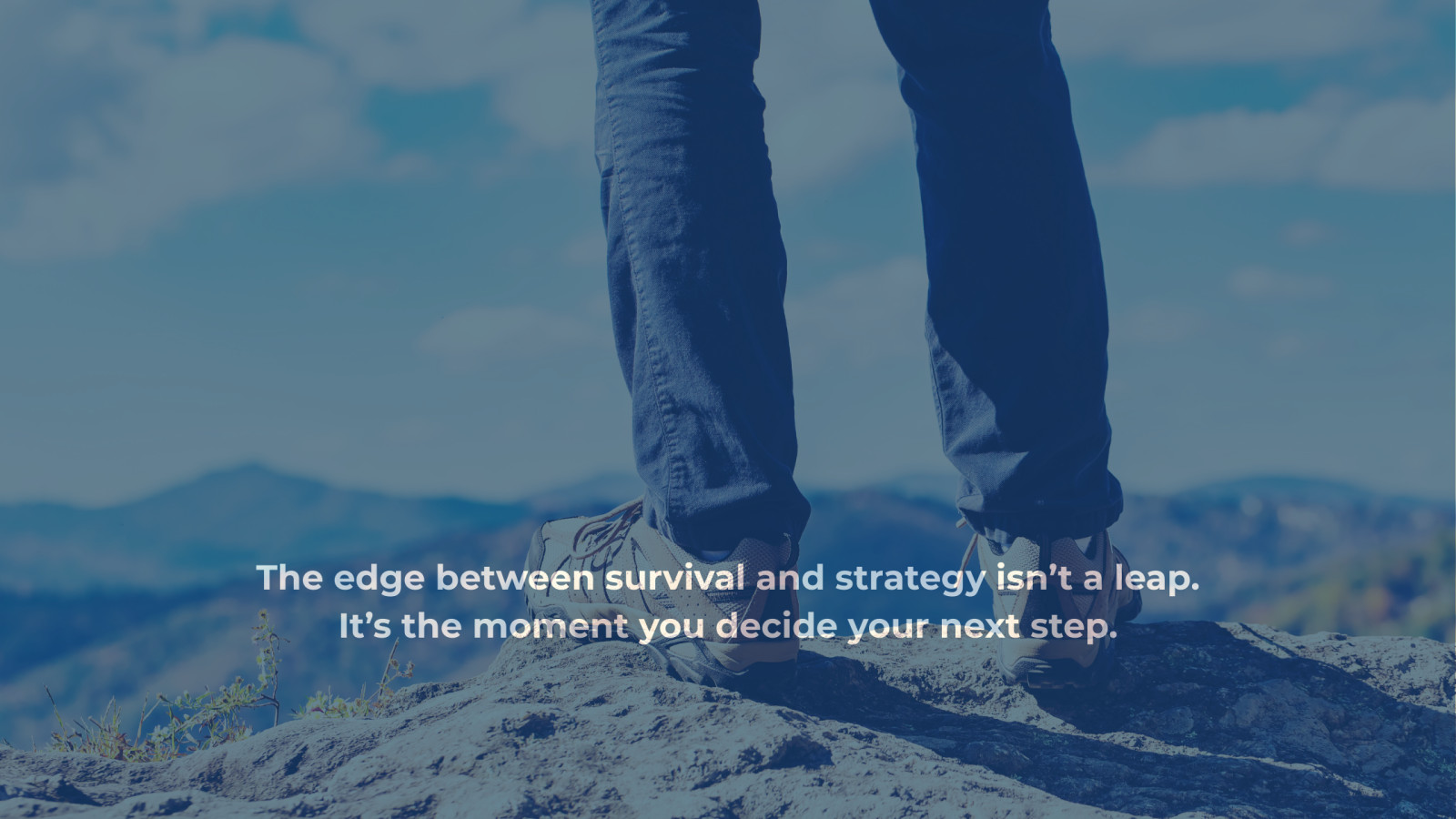
How to Move from Survival Mode to Strategy: A Practical Guide to Reinvention and Identity Shifts
TL;DR:
If you have been stuck in survival mode, the way out is identity first strategy. Decide who you are now and what you want next. Take one micro-move and get support. Then repeat.
What You Will Learn
✔️ How to spot survival mode and why it lingers
✔️ Why strategy starts with identity, not hustle
✔️ Four simple moves you can take this week
✔️ A quick worksheet to plan your next step
✔️ A short science bite that explains why this works
Survival mode works, until it does not.
When life hits hard; job loss, burnout, divorce, identity shifts; short term coping gets you through the storm.
You do what you must, you keep the lights on, and you move forward one day at a time.
Here is the problem.
Survival was meant to be temporary.
Stay there too long and life starts shrinking instead of expanding.
You stop choosing.
You start reacting.
You get stuck.
What Survival Mode Looks Like and Why It Lingers
Survival mode shows up as a physical and mental reaction to prolonged stress.
This is what it looks like:
Persistent feeling of exhaustion
Difficulty concentrating
Irritability
The constant reactivity, decision fatigue, and the overwhelming feeling that you are always behind often leads to unhealthy coping behaviors.
Survival mode lingers because it pays fast and asks nothing new of you.
Say yes to the urgent thing, avoid the scary thing, feel safer for a minute.
Do it enough and your attention stays narrow.
You plan less, you experiment less, and your identity shrinks into ‘keeping it together.’
It works until it quietly costs you opportunity, confidence, and voice.
It protects you today, but if you live there, it drains tomorrow.
Goals get smaller. Options vanish. You forget what you want next.
When we are operating on survival, according to this Harvard Medical School article, we trigger stress hormones and when we stay in this constant stress state for too long, it takes physical and psychological toll.
I feel that squeeze. But I’m doing the work and taking a moment to choose differently.
A Real Time Reinvention
I am in the survival squeeze right now.
I am unemployed.
The severance has ended.
Unemployment checks do not pay the bills.
I am building a business from scratch out of lived experience and the conviction that I can help others reinvent their lives.
There are moments of doubt and fear.
The pull to return to what I know is real, but those doors are not open anymore.
This is the edge where survival ends, and strategy begins.
I cannot control the past.
I cannot erase uncertainty.
What I can do is strategize my next move with purpose.
When I choose to build instead of retreat, I’m practicing the same shift I ask of my clients.
One Moment that Changed My Week
A few weeks ago, I hovered over a LinkedIn job post I had bookmarked.
As I reread the posting, my chest felt tight, and my mind tried to bargain again to go back to the past.
I almost emailed an old contact to ask if they had any insight. But there was a different pull.
Instead of making the call, I closed the tab, took a few deep breaths, and remembered an old colleague I ran into a few weeks earlier.
They were interested in coaching but had not committed.
So, I took 5 minutes to breathe.
Then I wrote a short note extending a coaching offer.
That’s what I call my micro-move.
It wasn’t dramatic, just deliberate. It did two things.
It reminded me who I want to be next.
And it created a thread I could pull tomorrow.
The colleague signed a few days later.
That’s just my example but here’s what it means for you.
Strategy Starts with Identity: Realigning After a Life Transition
When you’re in this space of what’s next, the strategy is not more hustle.
The strategy is proactive, intentional, and aligned with who you want to be.
You can’t carry yesterday’s identity into tomorrow’s plan, or the plan will not stick.
When your identity shifts, your choices change.
This is where my L.I.F.E. approach lives.
Leverage what you have to offer.
Integrate what matters.
Focus on intentional actions.
Execute those actions consistently.
This is where I’ve been operating from for nearly a year.
When you are shedding a past identity, those things that centered you, shift.
And the problem is you know what you want next, but you haven’t let go of what you had.
This is the method I use to get clear on who I am and what I want when the noise gets too loud. It can work for you when you find yourself stuck in the survival cycle.
Four Moves To Start This Week(Identity-First Strategy)
1) Pause and audit
Why it matters: If you never pause, survival mode runs the show. Fear drives the wheel, and you only notice when you’re already burned out or resentful.
An audit breaks the cycle by shining a light on hidden habits and attributes.
Action step: Spend ten minutes writing down three moments this week where you reacted automatically. Label them without judgment: fear, avoidance, habit. Then write down three skills you can leverage. Awareness is the first lever for change.
2) Redefine the question
Why it matters: “What should I do?” keeps you stuck in other people’s expectations. “Who do I want to be?” or “What do I want next?” puts the focus back on identity and direction. Identity-based choices have staying power.
Action step: Write one short “I am” or “I want” statement. Example: I am a person who shows up prepared. Or I want meaningful work that uses my creativity. Keep it simple. Then filter your week’s decisions through that statement.
Pro tip: If you want help writing a clean identity line, grab the Identity Guide or book a free Strategy call.
3) Make a micro-move
Why it matters: Big leaps are fragile. Tiny moves stick. Micro-moves build proof that you’re not the same person you were yesterday. Over time, they compound into momentum.
Action step: Pick one move that takes less than 20 minutes and proves your new identity. Examples: send an email you’ve been putting off, block time for reflection, walk into the gym for 15 minutes. The point is follow-through, not scale.
4) Claim support
Why it matters: Reinvention collapses in isolation. Old patterns creep back when no one’s watching. Support multiplies your follow-through and keeps you honest.
Action step: Tell one trusted person the move you’re making this week and ask them to check in by Friday. Or use a structured tool like the Self-Sabotage Prompts to spot where you might trip yourself up. Accountability makes the difference between good intentions and real change.
Need a quick map for your next step?
Book a free strategy session to outline one clear move for this week. No pressure, no pitch.
DIY Worksheet: From Survival to Strategy
Do this as a one-page plan. Keep it visible. Update weekly.
• Where I am still reacting: [list three patterns]
• Who I want to be next: [write one sentence]
• What I want next: [name the specific outcome]
• My micro-move this week: [one action + day and time]
• Support I am claiming: [person or tool]
Why This Works
Small identity-based actions reduce threat response and build momentum. Choices that support autonomy, a sense of competence, and connection to supportive people tend to stick. Use a simple ritual. Two minutes of slow breathing followed by a five-minute planning checklist before big choices. It widens attention and helps you act on priorities instead of fear. For a quick primer, check out this article from James Clear on identity-based habits.
Or enroll in the self directed 6 Steps Reset and Realignment Mini Course.
Quick FAQ
What is survival mode, really?
It is a short term coping state where safety outranks strategy. Useful in emergencies, limiting over time.
How do I pick an identity statement that is not fake?
Keep it short and verifiable. One sentence that you can prove this week with an action.
What if my family expects the old me?
Set one boundary at a time. Explain the change as an experiment, not a permanent label.
How long until this feels normal?
Most people feel traction in four to six weeks if they repeat one micro-move weekly and review progress.
What is one move I can make this week?
Write one identity sentence and schedule a 30 minute block to take a matching action.
Mini Case Study: From Survival by Shrinking to Strategy by Standing Tall
K, a nonprofit leader and mother, had been surviving by staying small. At work, she held back ideas, kept quiet in meetings, and second-guessed her instincts — all to feel safe and avoid conflict. Survival looked like invisibility.
Through coaching, we slowed her constant self-pressure and named the “less-than” story that had kept her stuck. We practiced reflection instead of reactivity, simple emotional regulation, and reframed self-celebration so it no longer felt like arrogance.
The result? K didn’t become someone else. She stopped abandoning who she already was. Strategy meant showing up truer, not louder — leading with grounded clarity instead of performance. She chooses her spaces, uses her voice without shrinking it, and no longer fears being seen.
Her words say it best: “I like who I am. I like how I show up.”
Takeaway: Survival keeps you small; strategy lets you stand in your full identity.
Client details anonymized; shared with permission.
Final Thought
Survival mode is not failure. It’s proof you made it through.
You don’t have to stay in constant reactive state.
You can choose to reset your nervous system with intent and strategy.
That doesn’t happen in one leap. It happens one pause, one new question, one micro-move, and one honest conversation at a time.
If you’re standing at the edge between survival and strategy, know this:
the future is waiting for you to take the next step with clarity and purpose.
Start here:
👉🏽 Book a Free Strategy Session. One no pressure call to sketch the next step and map your next move.
👉🏽 Check out my special limited time coaching offer.
👉🏽 Or join the Clarity Kickstart, a focused 5-week intensive reset built to create momentum with purpose.
~Marvin is an Identity and Reinvention Coach and Freelance Producer.
Live on Purpose. Lead with Clarity. Thrive by Design.
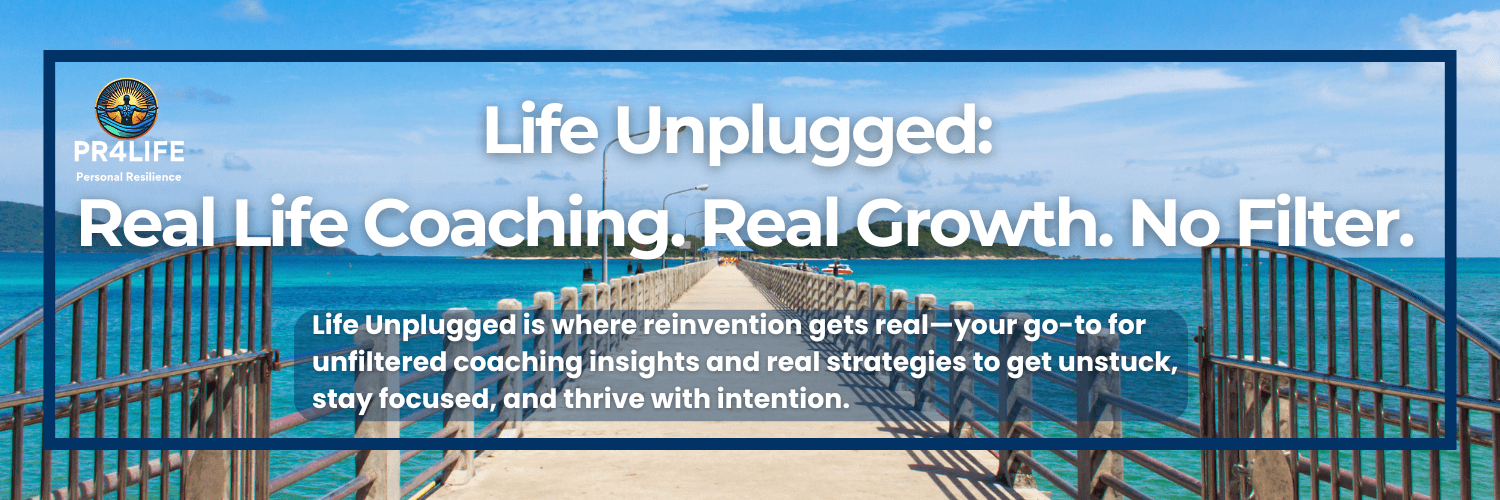








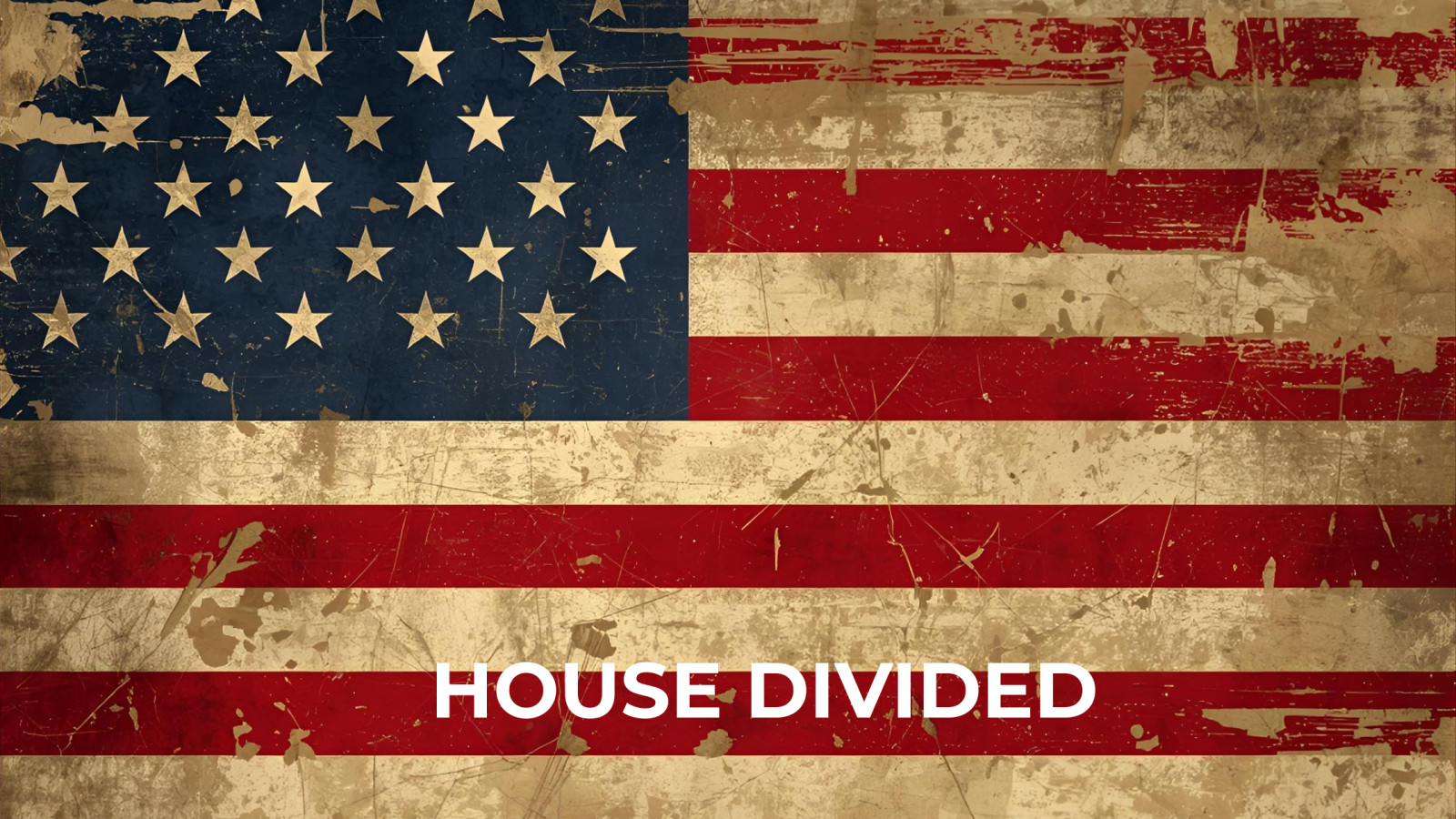




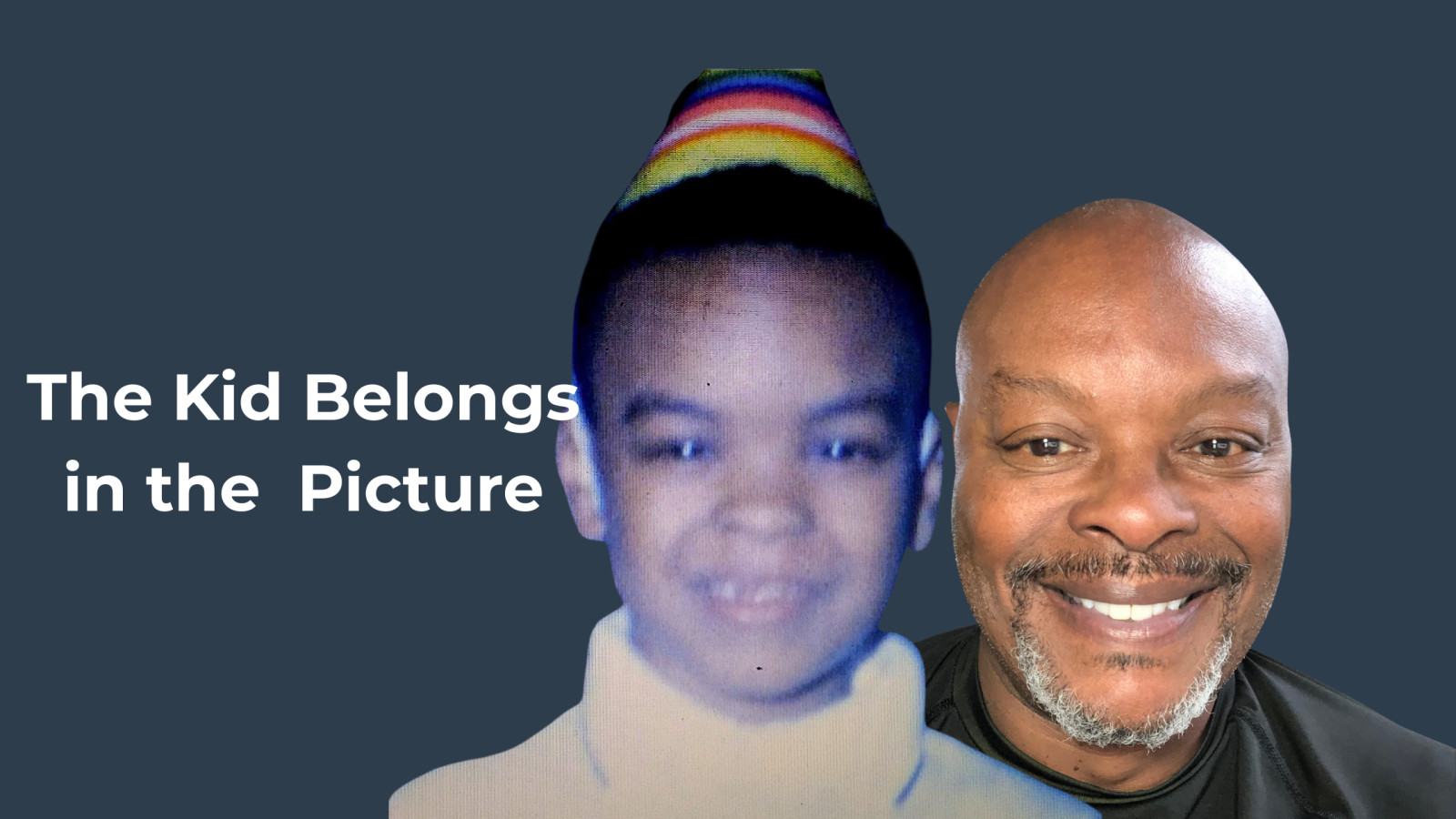
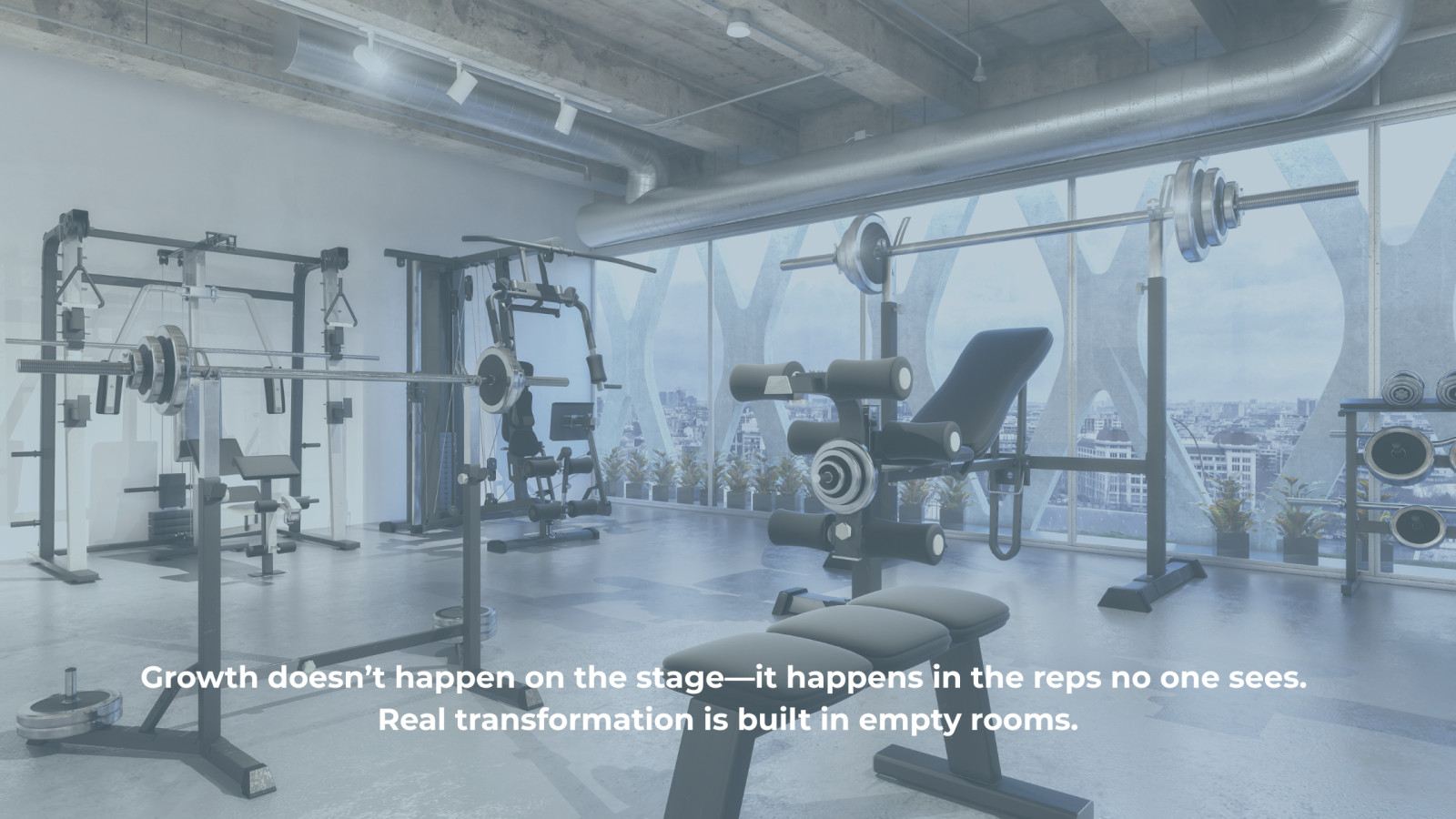
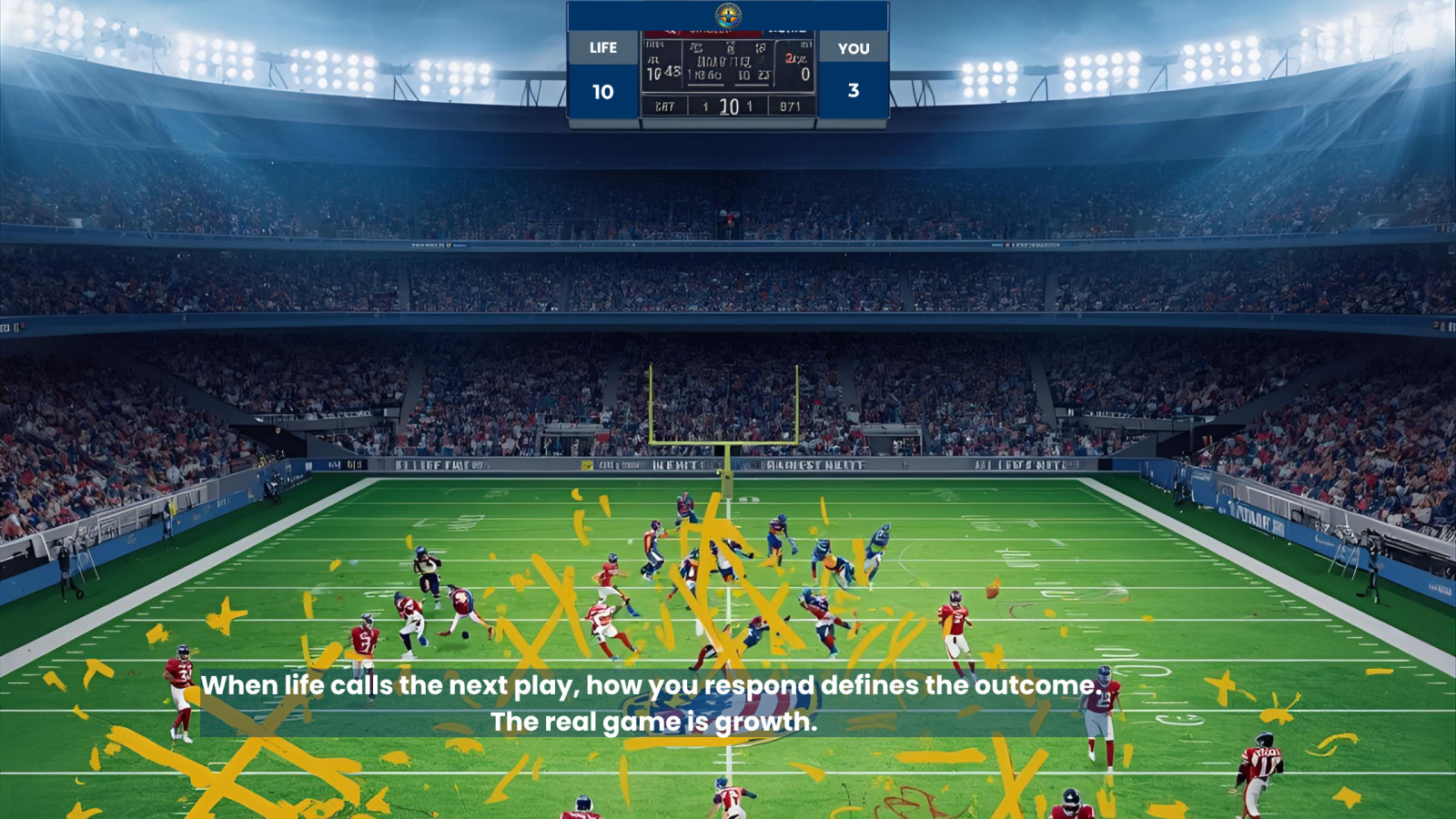
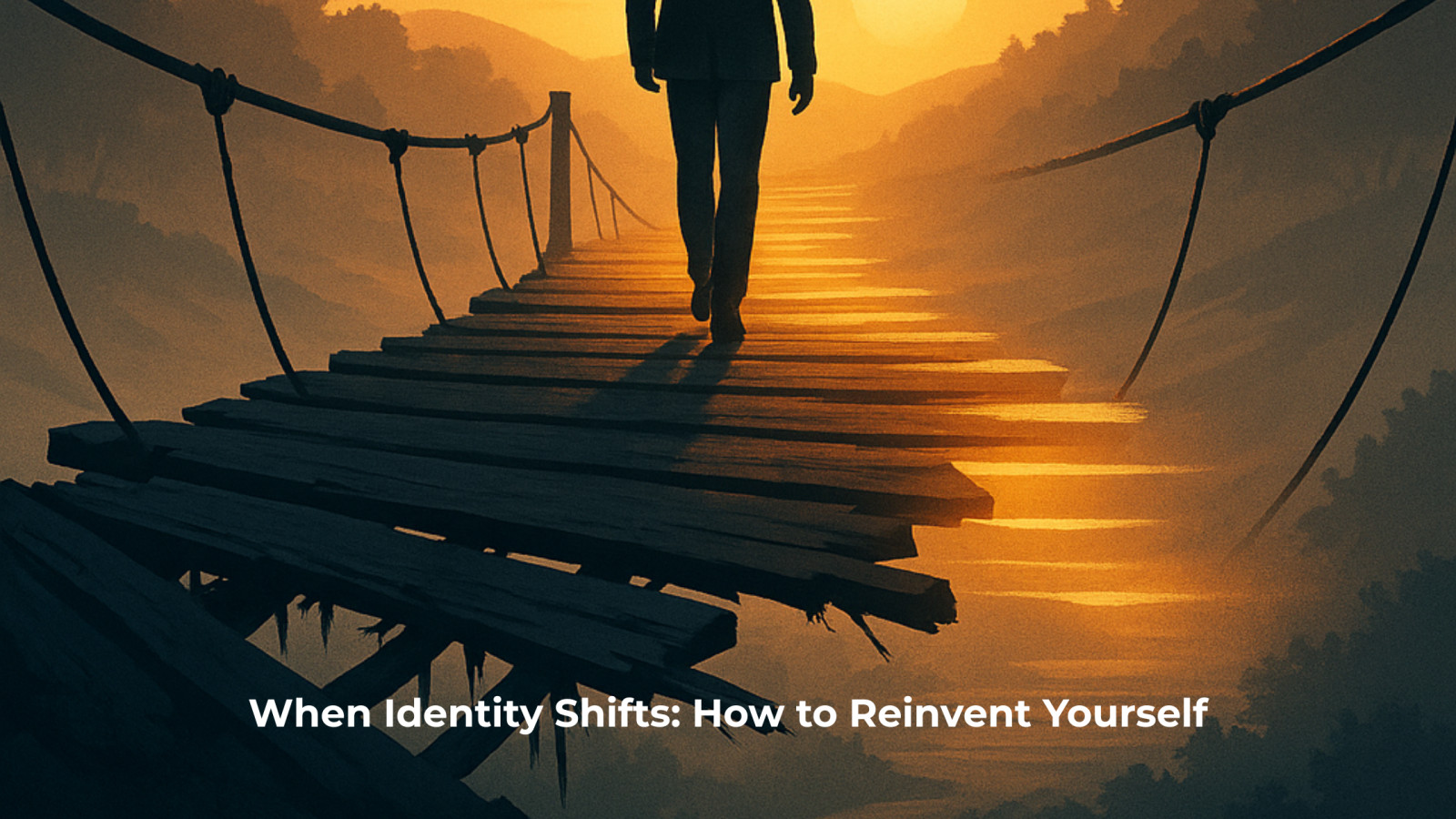
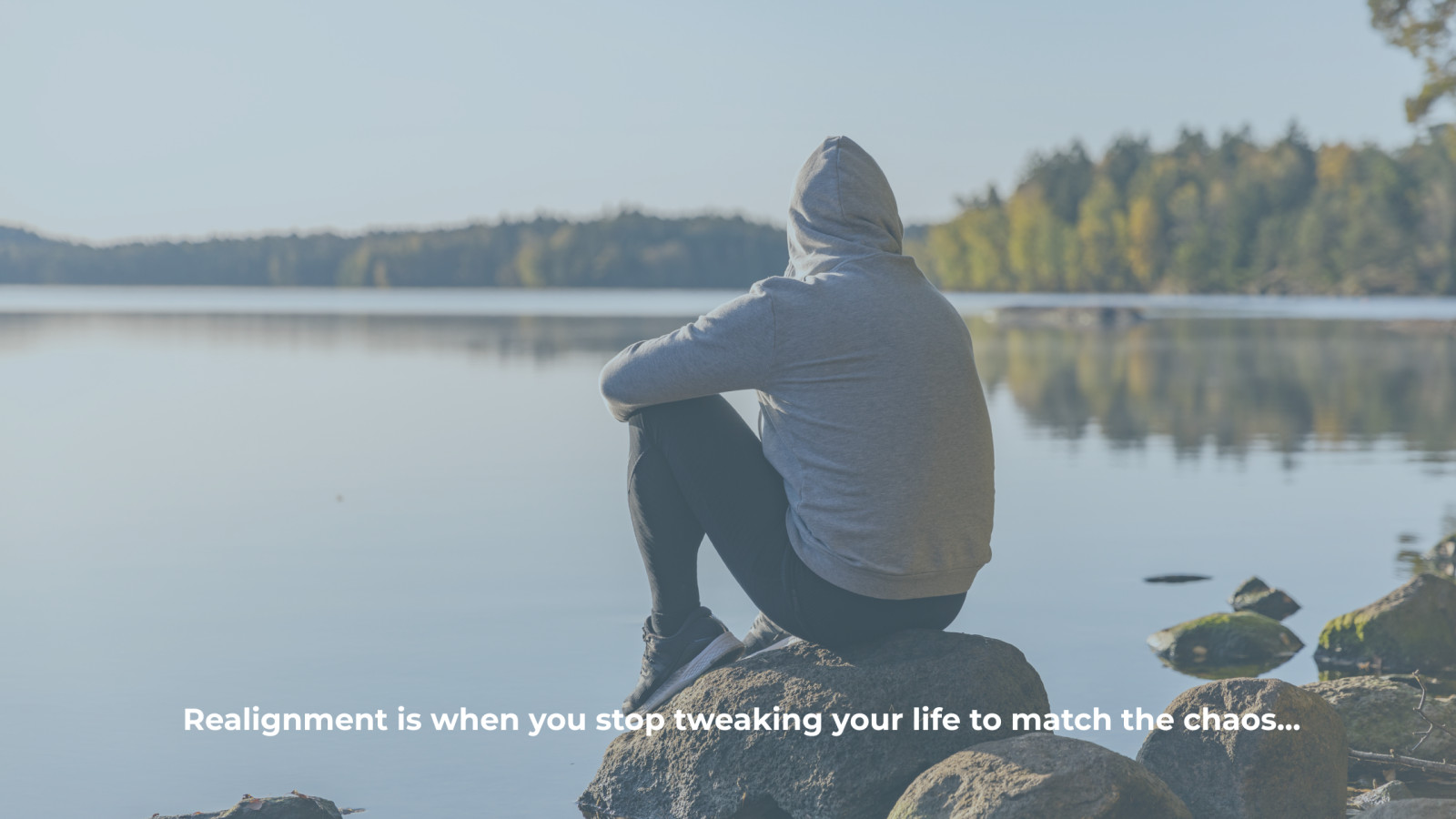

0 Comments